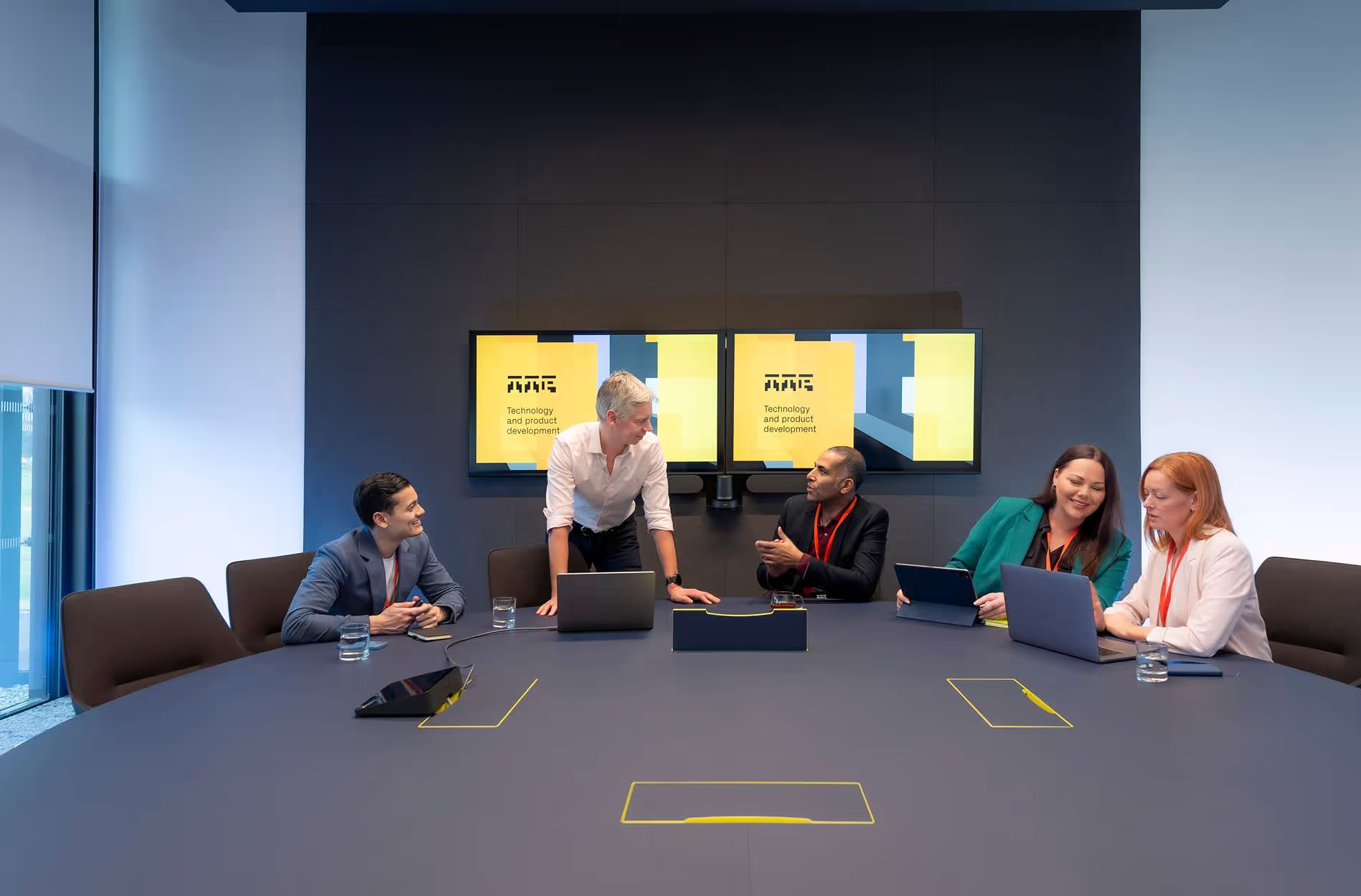The PPE equipment market holds great potential for innovation, helping plant operators and first responders to stay safe and become even more productive through enhanced situational awareness and for business owners to turn what might be seen as an overhead into a source of information and value.
At TTP, we understand the challenges in developing personal protective equipment, having created many innovative and new products for some of the leading providers. What we have learnt through that experience is that innovation in PPE has to meet a complex hierarchy of needs.
Situational awareness is the ability of an individual to quickly assess risk in a dynamically changing environment and to make better decisions based on the individual’s projection of future states. This decision-making can be negatively influenced by a range of external factors including high workloads, stress, fatigue, and a diminution in one or more of the human senses.
Frequency-selective ear defenders
Hearing protection is a good example of how PPE makes decision-making more difficult in certain circumstances. The louder the environment, the greater the need to attenuate sound to minimise short and long-term exposure. However, ear defenders have a side-effect: they reduce the ability of workers to communicate and to localise sound, as illustrated below.

The left-hand image shows a sound-pressure map as experienced by an operator without ear protection (fully permeable ear defenders) with the sound coming from the right of the observer and producing higher sound intensity in the right than the left ear. The right-hand image shows the same observer with the sound coming from behind the observer and ear defenders that provide the usual level of attenuation.
This simulation work carried out by TTP is backed up by published results which similarly show that a combination of Interaural Time Differences and Interaural Intensity Differences contribute to the ability of the observer to resolve whether a sound source is in front of or behind them.
This picture becomes more complex when accounting for the spectral content of the incoming soundwave. As part of this work, TTP has explored different construction concepts so that the ear defenders are designed to be more selective to certain frequencies such as those emitted by an audible alarm, yet remain passive and low cost.
PPE for first responders
A market within the PPE landscape that is using advances in technology to enhance situational awareness is equipment designed for use by fire-fighters. Firefighters experience stress situations in the extreme. Even with good training and excellent equipment, they can still make errors of judgement.
Efforts to improve incident communication are now common in firefighter PPE, so that teams can talk to each other and share information, receive instructions from the commanding officer and coordinate themselves to a greater extent. Here, advances in audio signal processing and low-cost wireless communications is making innovation possible.
Communications technology can also play a role beyond adding voice communication to enhance situational awareness. Location data and readings from personal monitors, for instance, can be shared between devices, information can be 'crowd-sourced' and machine learning and data-analytics can be used to augment the information available to each worker. Furthermore, this crowdsourcing and machine learning approach can be used to deliver valuable insights into the state of heath of the plant in which the workers are operating.
TTP has helped clients bring multiple PPE devices from an initial idea to fully approved, manufacturable product compliant with relevant global safety standards. To talk about PPE and situational awareness, please contact us.








